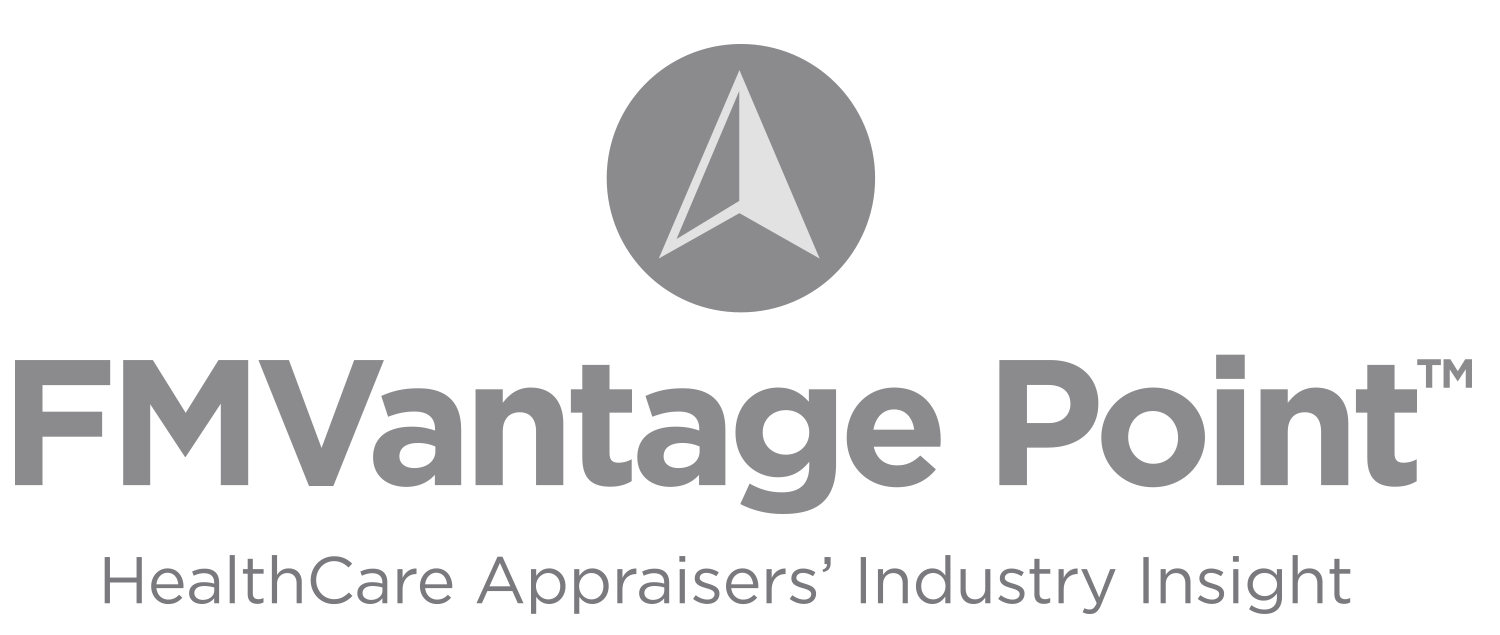Author: Jamie McIntyre, JD

As government and private payors maintain focus on initiatives to promote and optimize performance-based payment systems, hospitals and health systems have consistently sought to identify new strategies to align themselves with their medical staff physicians. One alignment strategy that has not decreased in popularity is the service line co-management arrangement. In fact, it’s been over eight years since the Office of Inspector General first formally reviewed a service line co-management arrangement and issued Advisory Opinion 12-22. With the continued prevalence of co-management arrangements comes the potential for regulatory scrutiny in a variety of nuanced areas. One such area – often easily overlooked – is the interplay between the co-management structure and new or existing medical director relationships.
In particular, it is not uncommon for a physician involved in service line co-management to also hold a medical directorship appointment pertaining to the same service line, which may or may not imply duplicative duties, and, therefore, redundant compensation. As a simple means of ensuring that there is no duplication of payment, hospitals and health systems could subsume related medical directorship compensation into the base component of the co-management fee, with such compensation specifically payable based upon hours tracked and documented and for a set number of hours.
However, given the ever-changing landscape of healthcare and increasing complexity of hospital and enterprise-level operations and initiatives, “freestanding” medical directorships are not categorically mutually exclusive with service line co-management arrangements. A hospital or health system may have legitimate reasons for maintaining or establishing separate medical director (or other administrative services) arrangements for services related to the same service line as that of the co-management arrangement. For example, a medical director may be charged with duties which are fully separate and distinct from those of the service line co-management arrangement, such as providing oversight of family conferences or grand rounds, acting as department safety chair, overseeing the implementation of certain enterprise-level initiatives, or performing work focused on attainment of certification of excellence, the build-out of a new specialty surgery center, or other new endeavors. Necessarily, this creates an additional layer of compliance complexity for the hospital/ health system, as time sheets need to be tracked and duties need to be monitored. Furthermore, as the service line co-management arrangement evolves over time, the parties must remain vigilant that any administrative duties previously identified as separate and distinct do not inadvertently become redundant to the co-management functions.
![]() FMV PITFALL
FMV PITFALL
There are a variety of reasons that a hospital/health system may concurrently administer a service line co-management arrangement and one or more medical directorships for administrative services related to the same service line. Although from a strictly regulatory perspective the two vehicles are not necessarily mutually exclusive, hospitals and health systems should take precautions to ensure that the arrangements are implemented in a manner such that there is separate tracking of the distinct duties required under each. A qualified, independent, third-party consultant is often an important resource for review and can provide unbiased guidance with respect to the potential for overlap. As a trusted leader in fair market value analyses, and having valued thousands of co-management arrangements over the past decade, HealthCare Appraisers is perfectly poised to serve as your independent consultant.
